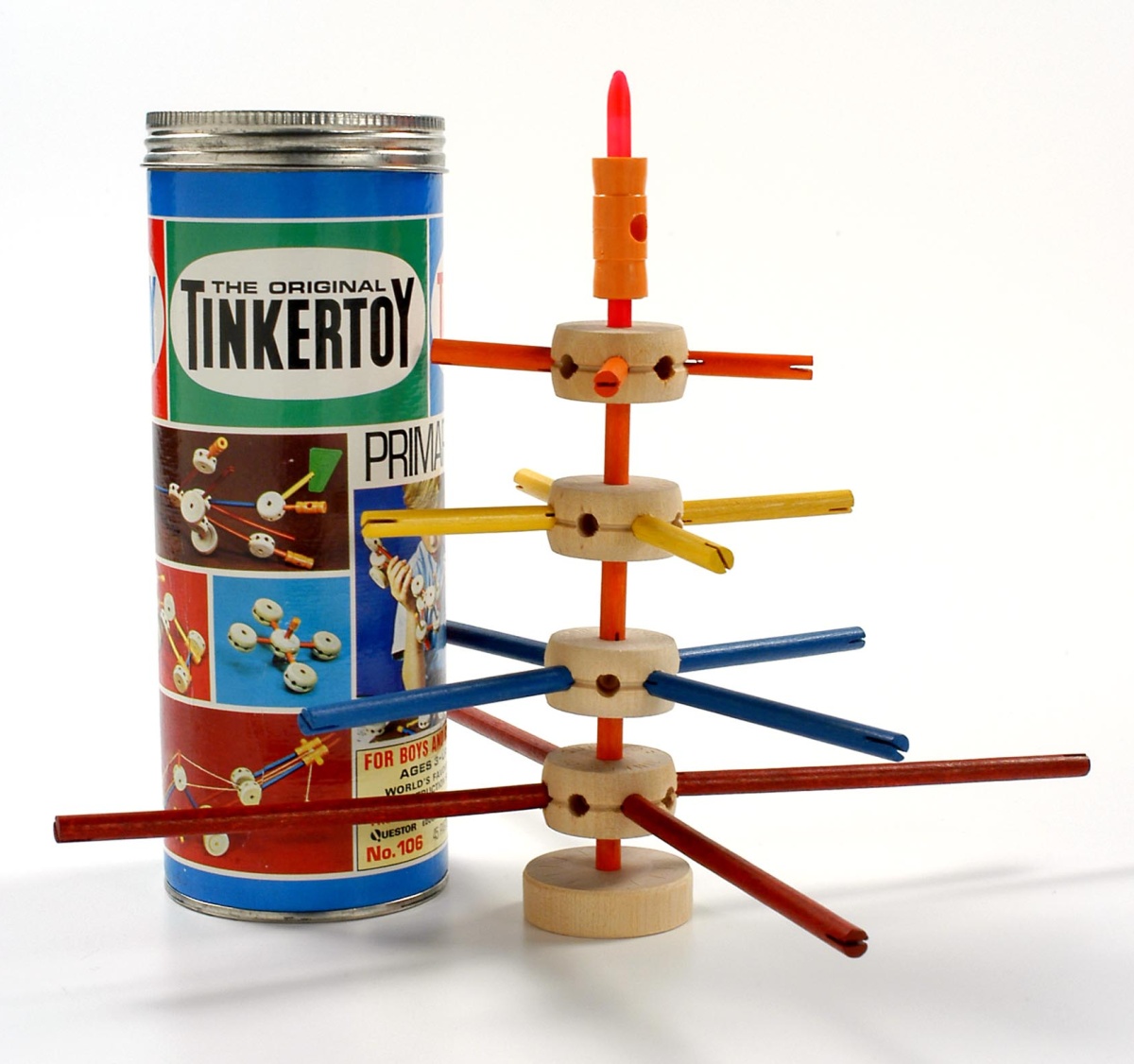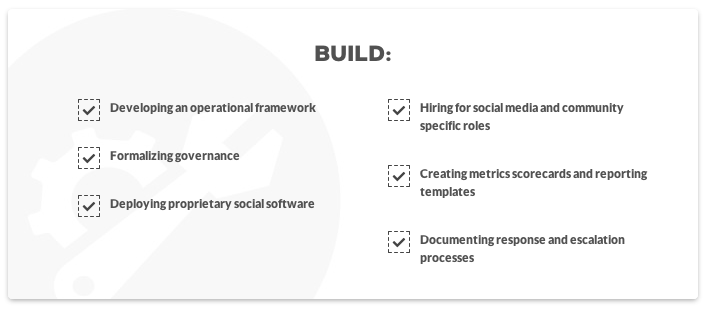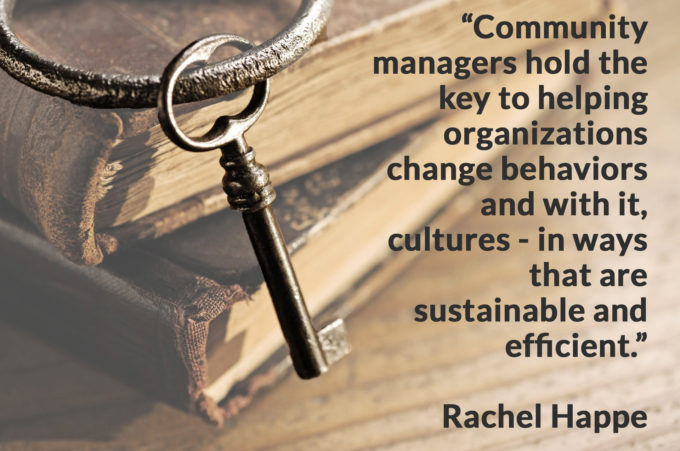
How do you measure engagement? or culture? The state of the art in measuring engagement is to measure click-throughs. That’s not asking very much. And it certainly won’t get you to collaboration, co-creation or innovation. Far too often engagement is thought of as one specific activity and therefore a switch; either someone is engaged or they are not.
The reality is far more nuanced.
In communities, viewing and clicking on content is not enough to build relationships or community value. Unless community managers can create a culture that makes individuals feel comfortable enough to share their experiences, answer other people’s questions and ask their own questions, the community will fail.
Because of that, community professionals have always thought about engagement differently and see it as a rich range of behaviors from viewing content to collaborating on innovative ideas that create strategic opportunities. You can see this in The Commitment Curve from Douglas Atkin.
Community professionals have also learned that engagement levels depend on comfort, familiarity, and trust of a person’s social environment – the community around them.
What community managers know about intentionally creating a trusting culture has far-ranging consequences for those in marketing, customer experience, communications, HR and leadership. Community managers hold the key to helping organizations change behaviors and with it, cultures – and in ways that are sustainable and efficient.
Over the past year, we’ve worked with our clients and members to edit and revise what we originally called TheCR’s Work Out Loud Framework. We’ve used it for training, coaching, analytics and dashboards. Our clients have found that it helps everyone quickly understand the value and trajectory of engagement – and what’s required to develop a culture of trust that supports collaboration. It is a powerful tool to focus stakeholders on the behaviors that are most likely to lead to ROI. More importantly, it provides a narrative for how engagement and culture evolve so stakeholders can grasp the interim steps and markers on the path to developing a collaborative culture.
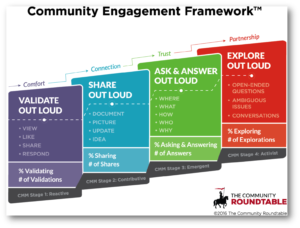 We’ve renamed the framework; now TheCR’s Community Engagement Framework – its name changed to reflect the critical link between engagement and community.
We’ve renamed the framework; now TheCR’s Community Engagement Framework – its name changed to reflect the critical link between engagement and community.
Many leaders see poor engagement as an issue but they have yet to realize that well-managed communities are the solution.
Communities, managed well, are the mechanisms to establish and extend social trust, which is required for broad and deep engagement. By breaking down engagement behaviors into four categories, the Community Engagement Framework allows organizations to measure their culture, understanding what percent of their constituents are:
- Validating
- Sharing
- Asking & Answering
- Exploring
By measuring what percentage of a community is exhibiting each of these behaviors and in what volume, you can see how passive, reactive, open or proactive the culture is. Does the culture support only passive and reactive behavior or do individuals feel confident enough to take ownership of problems and solutions? You can see that in the prevalence of questions and open-ended explorations.
Community managers use this data to prioritize and focus their approach – creating programming and engagement strategies to nudge the community incrementally along the engagement curve, ensuring social validation and rewards along the way. As behavior in the community changes so too does the management approach.
Culture is often thought of as something vague that can’t really be measured. But community managers see it every day in the way people are willing to interact with each other when they are not required to do so. That is very telling of how generous, supportive, open, caring and innovative the culture is – and it can be measured. By measuring the culture, you can also then measure the effectiveness of its leadership. This can be done for one small community or for an entire network. It can be done across multiple channels. And it can be done for an entire organization or its customer ecosystem.
We’ve seen our clients use this model with great success by making it easy to tell the story of their community, educate stakeholders, demonstrate effectiveness, and prove ROI. What can it do for you?

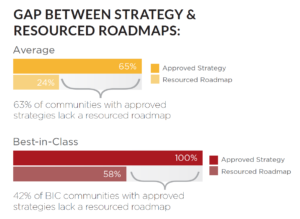 f you don’t know where you’re going it can be a long journey to success in community management – which is why we’re highlighting best practices for community roadmaps in this week’s
f you don’t know where you’re going it can be a long journey to success in community management – which is why we’re highlighting best practices for community roadmaps in this week’s 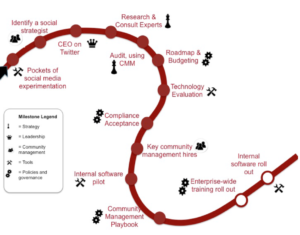
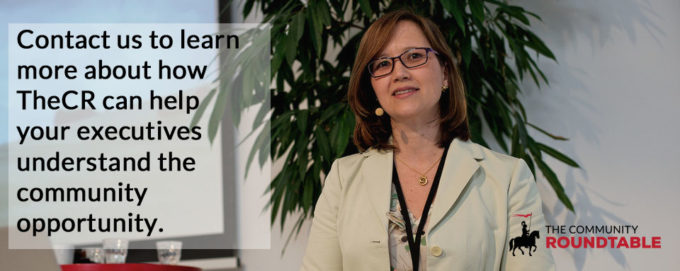
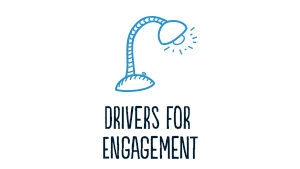 The one of the most frequent questions we get from community managers is “How can I increase engagement in my community?” It’s a great question – and one that has no single answer. Of course the variables that define every community – size, scope, audience, purpose, all directly influence the way you need to interact with and engage your members. But – there is good news! We have identified some community engagement drivers that can help you increase activity and loyalty in your community.
The one of the most frequent questions we get from community managers is “How can I increase engagement in my community?” It’s a great question – and one that has no single answer. Of course the variables that define every community – size, scope, audience, purpose, all directly influence the way you need to interact with and engage your members. But – there is good news! We have identified some community engagement drivers that can help you increase activity and loyalty in your community.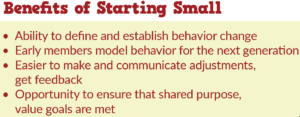 n ever on the best practices of community. But the growth of online communities generally can also set expectations that new communities should scale quickly and provide near-immediate ROI.
n ever on the best practices of community. But the growth of online communities generally can also set expectations that new communities should scale quickly and provide near-immediate ROI.